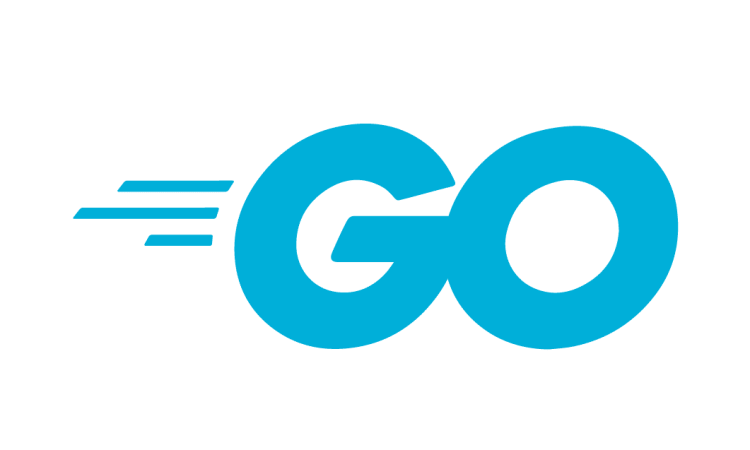For those who have asked how my auth.go file is configured for the Go Quick Start project, I’ve posted my auth.go file below.
// Copyright (C) 2013 Google Inc.
//
// Licensed under the Apache License, Version 2.0 (the "License");
// you may not use this file except in compliance with the License.
// You may obtain a copy of the License at
//
// http://www.apache.org/licenses/LICENSE-2.0
//
// Unless required by applicable law or agreed to in writing, software
// distributed under the License is distributed on an "AS IS" BASIS,
// WITHOUT WARRANTIES OR CONDITIONS OF ANY KIND, either express or implied.
// See the License for the specific language governing permissions and
// limitations under the License.
package qslquery
import (
"fmt"
"net/http"
"strings"
"code.google.com/p/goauth2/oauth"
"code.google.com/p/google-api-go-client/mirror/v1"
"code.google.com/p/google-api-go-client/oauth2/v2"
"appengine"
"appengine/urlfetch"
)
const revokeEndpointFmt = "https://accounts.google.com/o/oauth2/revoke?token=%s"
// Because App Engine owns main and starts the HTTP service,
// we do our setup during initialization.
func init() {
http.HandleFunc("/auth", authHandler)
http.HandleFunc("/oauth2callback", errorAdapter(oauth2callbackHandler))
http.HandleFunc("/signout", errorAdapter(signoutHandler))
}
// auth is the HTTP handler that redirects the user to authenticate
// with OAuth.
func authHandler(w http.ResponseWriter, r *http.Request) {
url := config(r.Host).AuthCodeURL(r.URL.RawQuery)
http.Redirect(w, r, url, http.StatusFound)
}
// oauth2callback is the handler to which Google's OAuth service redirects the
// user after they have granted the appropriate permissions.
func oauth2callbackHandler(w http.ResponseWriter, r *http.Request) error {
c := appengine.NewContext(r)
// Create an oauth transport with a urlfetch.Transport embedded inside.
t := &oauth.Transport{
Config: config(r.Host),
Transport: &urlfetch.Transport{Context: c},
}
// Exchange the code for access and refresh tokens.
tok, err := t.Exchange(r.FormValue("code"))
if err != nil {
return fmt.Errorf("Exchange(%q): %v", r.FormValue("code"), err)
}
o, err := oauth2.New(t.Client())
if err != nil {
return fmt.Errorf("Unable to instantiate UserInfo service: %s", err)
}
u, err := o.Userinfo.Get().Do()
if err != nil {
return fmt.Errorf("Unable to retrieve user ID: %s", err)
}
userId := fmt.Sprintf("%s_%s", strings.Split(clientId, ".")[0], u.Id)
if err = storeUserID(w, r, userId); err != nil {
return fmt.Errorf("Unable to store user ID: %s", err)
}
storeCredential(c, userId, tok)
bootstrapUser(r, t.Client(), userId)
http.Redirect(w, r, "/", http.StatusFound)
return nil
}
// bootstrapUser sets up sharing contact and notification for a new user.
func bootstrapUser(r *http.Request, client *http.Client, userId string) {
c := appengine.NewContext(r)
m, _ := mirror.New(client)
if strings.HasPrefix(r.Host, "https://") {
s := &mirror.Subscription{
Collection: "timeline",
UserToken: userId,
CallbackUrl: fullURL(r.Host, "/notify"),
}
m.Subscriptions.Insert(s).Do()
c := &mirror.Contact{
Id: "APP_Name",
DisplayName: "App Name",
ImageUrls: []string{fullURL(r.Host, "/static/images/gopher.png")},
}
m.Contacts.Insert(c).Do()
} else {
c.Infof("Post auth tasks are not supported on staging.")
}
t := &mirror.TimelineItem{
Text: "Welcome to QSL Query!",
Notification: &mirror.NotificationConfig{Level: "DEFAULT"},
}
m.Timeline.Insert(t).Do()
insertCallsignSearchItem(r, m)
}
// signout Revokes access for the user and removes the associated credentials from the datastore.
func signoutHandler(w http.ResponseWriter, r *http.Request) error {
if r.Method != "POST" {
return nil
}
c := appengine.NewContext(r)
userId, err := userID(r)
if err != nil {
return fmt.Errorf("Unable to retrieve user ID: %s", err)
}
if userId == "" {
http.Redirect(w, r, "/auth", http.StatusFound)
return nil
}
t := authTransport(c, userId)
if t == nil {
http.Redirect(w, r, "/auth", http.StatusFound)
return nil
}
client := urlfetch.Client(c)
_, err = client.Get(fmt.Sprintf(revokeEndpointFmt, t.Token.RefreshToken))
if err != nil {
return fmt.Errorf("Unable to revoke token: %s", err)
}
storeUserID(w, r, "")
deleteCredential(c, userId)
http.Redirect(w, r, "/", http.StatusFound)
return nil
}




